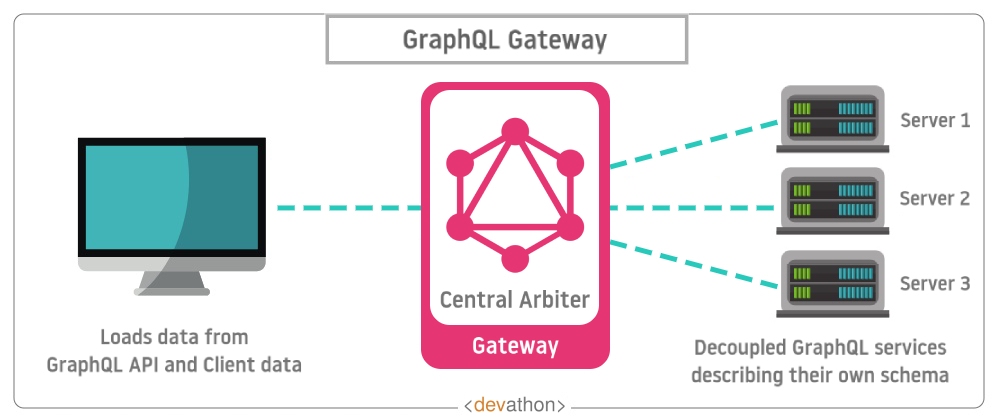

Once you get familiar with GraphQL, it is easy and powerful. You can query your request to fetch exactly what you need from multiple objects. On the other hand, by using GraphQL, you can escape from over fetching. In REST API, if you retrieve some information from a specific endpoint, you will always get a complete data set because, in REST APIs, you couldn't restrict the fields that the REST API returns. In REST APIs, you have one endpoint that does only one task, so it is easy to understand and manipulate. The biggest advantage of using the REST API is its simplicity.

For example, if you want to request information from two objects, you have to perform two REST API requests. When you use REST API to fetch information, it will always return a complete dataset. GraphQL doesn't have any automatic caching system. Over the last few years, REST has mainly focused on making new APIs.Įrror handling in REST is simpler as compared to GraphQL because of its rich features. Over the last few years, GraphQL mainly focuses on optimizing performance and flexibility. In REST, it is hard to get consistency across all platforms. GraphQL provides high consistency across all platforms.

The development speed in GraphQL is fast. REST can be organized in terms of endpoints. In GraphQL, objects are represented by nodes, and edges represent the relationship between nodes. GraphQL follows client-driven architecture. GraphQL is a data query and manipulation language for APIs, a specification, and a set of tools that operates over a single endpoint using HTTP.Ī REST API is an architectural concept that provides network efficiency, scalability which allows support of large numbers of components, simplicity, modifiability, visibility, portability, reliability, etc. REST is a conventional and standard way to design web APIs. It solves many problems and inefficiencies that developers face when working with REST APIs. GraphQL is invented to provide more flexibility and efficiency. You can easily use both in the same project.ĭifferences between GraphQL and REST GraphQL You don't need to choose between one and the other. GraphQL is also not a replacement for REST.We must know that GraphQL is not any type of database.So, GraphQL was invented to provide more flexibility and efficiency. That's why we need an alternative to overcome this limitation. The main problem with REST is that it is not so flexible to cope up with the rapidly changing requirements of the clients that access them. It was popular among developers because of its great features such as stateless servers, structured access to resources, etc. It defines a set of constraints that are used to create Web services. It is a conventional and standard way to design web APIs. REST stands for Representational state transfer. It can be used as an alternative to REST APIs. GraphQL is a new and revolutionary technology and provides an approach to develop web APIs to replace legacy REST APIs.

REST is used by many developers and is widely regarded as the traditional way to send data over HTTP, but this trend is changing with the increase of GraphQL popularity. When you want to build an API, you have to use REST, which is a standard for designing web APIs.


 0 kommentar(er)
0 kommentar(er)
